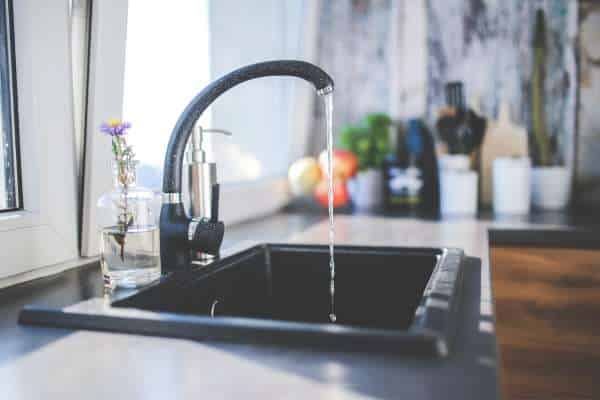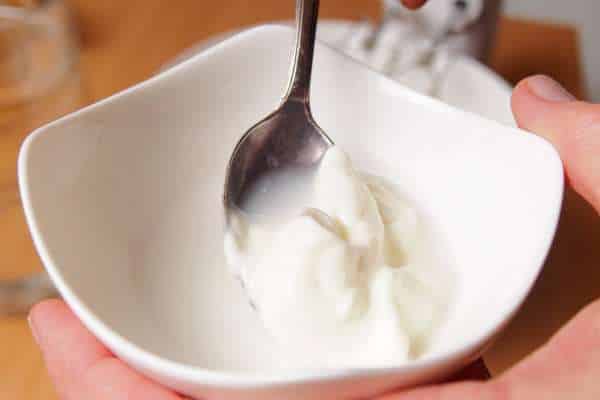Glass dishes are a common and versatile addition to any kitchen, prized for their transparency, ease of use, and aesthetic appeal. However, no kitchen is immune to occasional culinary mishaps, such as food burning onto surface. Burn marks on dishes can be unsightly and seemingly impossible to remove. In this comprehensive guide, How to get burn marks off glass dish we will explore various effective methods to restore your dishes to their original, pristine condition. Whether you’re dealing with a minor burn or a stubborn, years-old stain, these techniques will help you bring your glassware back to life.
Materials You’ll Need
Before diving into the methods, it’s essential to gather the necessary materials. Here’s a list of items you’ll need to effectively remove burn marks from your dishes:
Burnt glass dish: The victim of the burn marks.
Baking soda: An effective, non-abrasive cleaning agent.
Dishwashing liquid: For creating soapy solutions to loosen burn marks.
Warm water: Used for soaking and rinsing the dish.
Soft sponge or scrubber: A gentle tool for scrubbing off burn marks.
White vinegar: Useful for stubborn stains and mineral deposits.
Lemon juice: A natural acid that helps break down residue.
Salt: Used in combination with lemon juice for scrubbing.
Razor blade scraper (optional): For extremely stubborn stains.
Microfiber cloth: To dry the dish.
Rubber gloves: For hand protection.
Baking Soda and Dishwashing Liquid
Fill the Sink

Start by filling your sink with warm water and adding a few drops of dishwashing liquid. Submerge the burnt dish in the soapy water and allow it to soak for about 30 minutes. This soaking time will help loosen the burnt-on residue.
Scrub with Baking Soda

After soaking, take a wet sponge or scrubber and sprinkle some baking soda onto it. Baking soda is mildly abrasive, making it excellent for cleaning without scratching. Gently scrub the burnt areas, applying slight pressure to remove the burn marks. The baking soda will work as an abrasive agent to lift off the burnt residue. Ensure that you scrub all the affected areas thoroughly, giving extra attention to the burned spots.
Wet the Glass

Begin by wetting the glass dish with warm water or a mixture of water and dishwashing liquid. This step helps to further loosen the burnt-on residue.
Angle the Blade
Hold the razor blade scraper at a low angle, almost parallel to the surface. Be extremely cautious and gentle with this method, as excessive pressure or the wrong angle can result in scratches. Gently scrape the burnt residue using the razor blade, moving it back and forth while maintaining a low angle. Take your time and ensure the entire surface is covered. Periodically rinse the dish to remove any loosened residue and check your progress.
Rinse and Dry
Rinse the glass dish with warm water to remove the baking soda and any loosened burnt residues. Be thorough in your rinsing to ensure no baking soda residue is left. Dry the dish with a clean, dry microfiber cloth. This will prevent water spots and ensure your glass dish looks clean and sparkling.
White Vinegar and Baking Soda
Make a Paste

Mix equal parts of white vinegar and baking soda to create a thick paste. The chemical reaction between these two ingredients can help break down and remove stubborn burn marks.
Apply the Paste
Spread the vinegar and baking soda paste over the burnt areas of the glass dish. Ensure that the paste covers the burn marks adequately. Allow the paste to sit for 15-20 minutes. During this time, the chemical reaction will help break down the burnt residue, making it easier to remove.
Create a Scrub

Mix lemon juice and salt to create a gritty, abrasive scrub. Lemon juice’s natural acidity and salt’s abrasiveness make this mixture effective for cleaning.
Apply the Scrub
Spread the lemon juice and salt scrub over the burnt areas of the dish, ensuring even coverage. Allow the scrub to sit on the burn marks for 15-20 minutes. This time allows the mixture to work its magic in breaking down the burnt residue.
Scrub and Rinse
After the paste has had time to work, use a soft sponge or scrubber to gently scrub the paste into the burn marks. Rinse the dish thoroughly with warm water to remove any remaining paste, burnt residue, and cleaning agents. Dry the dish with a clean cloth, leaving it spotless and burn-mark-free.
Lemon Juice and Salt
Create a Scrub
Mix lemon juice and salt to create a gritty, abrasive scrub. Lemon juice’s natural acidity and salt’s abrasiveness make this mixture effective for cleaning.
Apply the Scrub
Spread the lemon juice and salt scrub over the burnt areas of the dish, ensuring even coverage. Allow the scrub to sit on the burn marks for 15-20 minutes. This time allows the mixture to work its magic in breaking down the burnt residue.
Scrub and Rinse
After the allotted time, gently scrub the dish with a soft sponge, focusing on the burn marks. Rinse the glass dish thoroughly with warm water to remove the scrub, loosened burnt residue, and cleaning agents. Dry the dish with a clean, dry cloth to reveal a spotless, burn-mark-free surface.
Razor Blade Scraper
If the burn marks on your glass dish are particularly stubborn, you can consider using a razor blade scraper. However, exercise extreme caution, as this method can scratch the glass if not done correctly.
Wet the Glass
Begin by wetting the glass dish with warm water or a mixture of water and dishwashing liquid. This step helps to further loosen the burnt-on residue.
Angle the Blade
Hold the razor blade scraper at a low angle, almost parallel to the surface. Be extremely cautious and gentle with this method, as excessive pressure or the wrong angle can result in scratches on the glass. Gently scrape the burnt residue using the razor blade, moving it back and forth while maintaining a low angle. Take your time and ensure the entire surface is covered. Periodically rinse the dish to remove any loosened residue and check your progress.
Rinse and Dry
Once you have removed the stubborn clean fireplace burner covers, thoroughly rinse the dish to remove any remaining residue. Dry the dish with a clean cloth, ensuring it’s completely dry. This step is vital to prevent water spots from forming.
Conclusion
In this comprehensive guide, we’ve covered various methods to remove burn marks from glass dishes. Whether you opt for the gentle approach using baking soda and dishwashing liquid or the more potent solutions involving white vinegar, lemon juice, or a razor blade scraper for stubborn stains, these techniques are proven to help you enjoy your glassware for years to come. Always handle glass with care, and avoid abrasive materials that can scratch the surface. By following these methods and using the appropriate precautions, you can restore your glass dishes to their former pristine condition, ensuring they remain a beautiful and functional addition to your kitchen. Happy cooking and cleaning!






